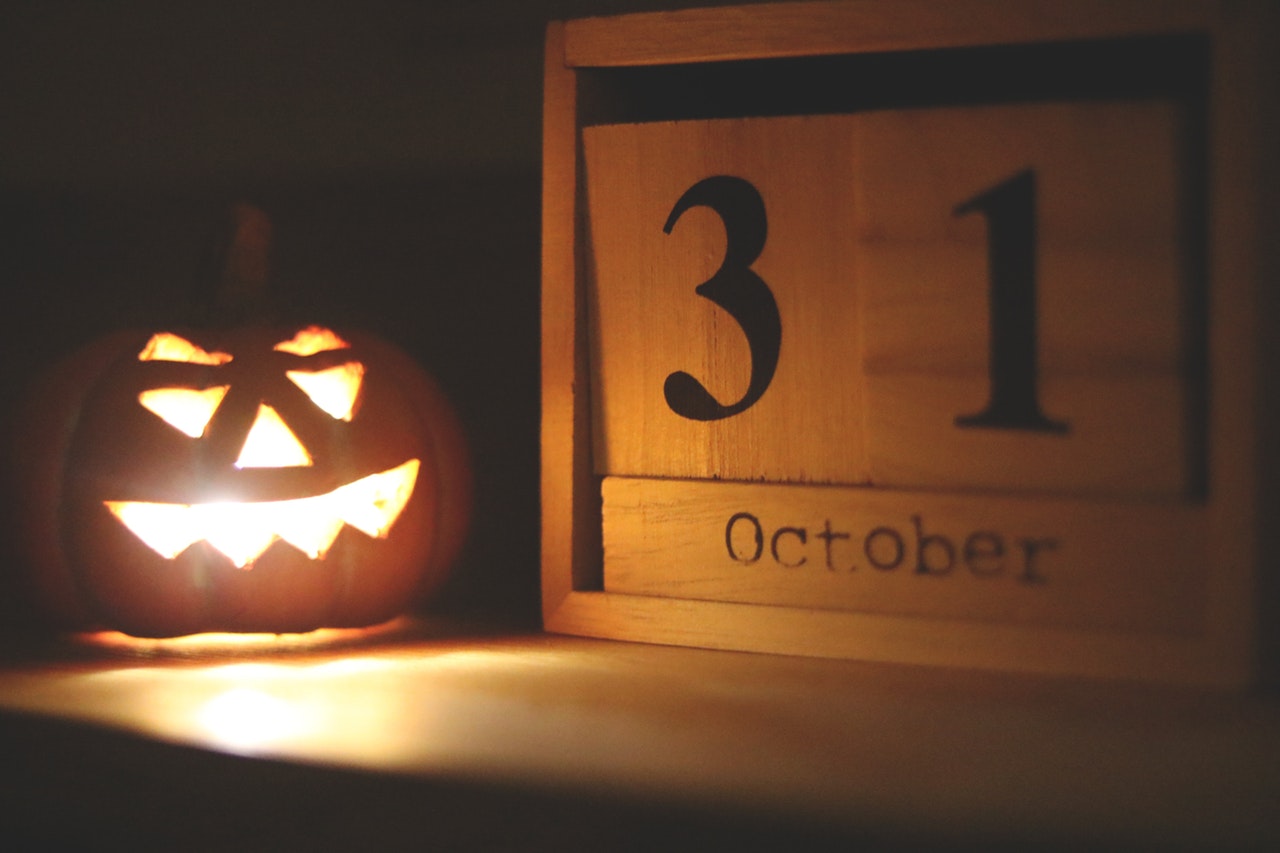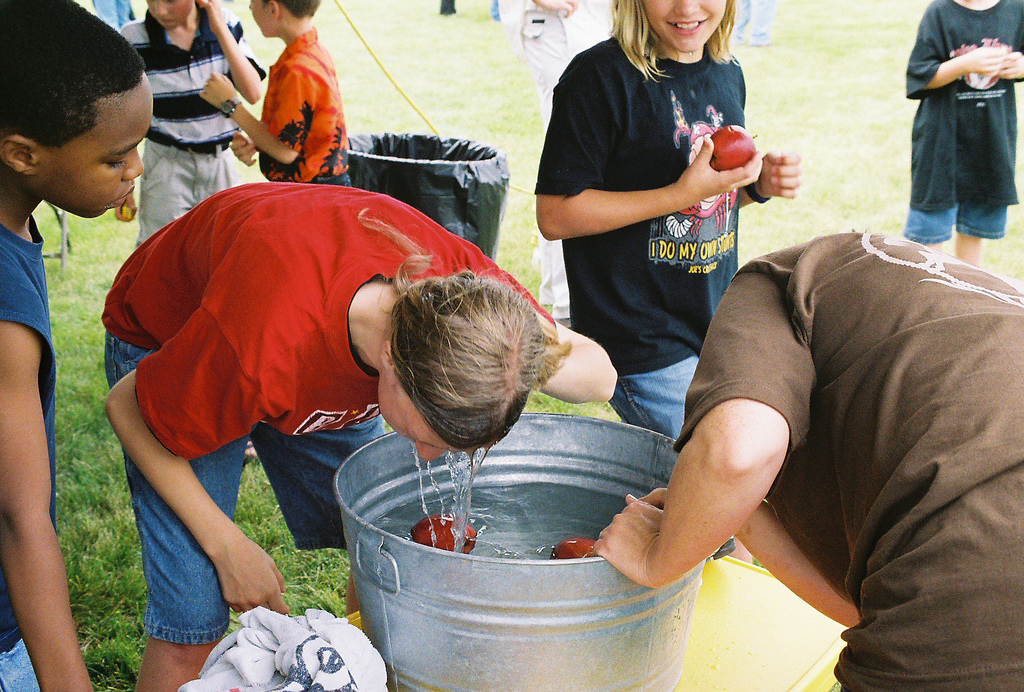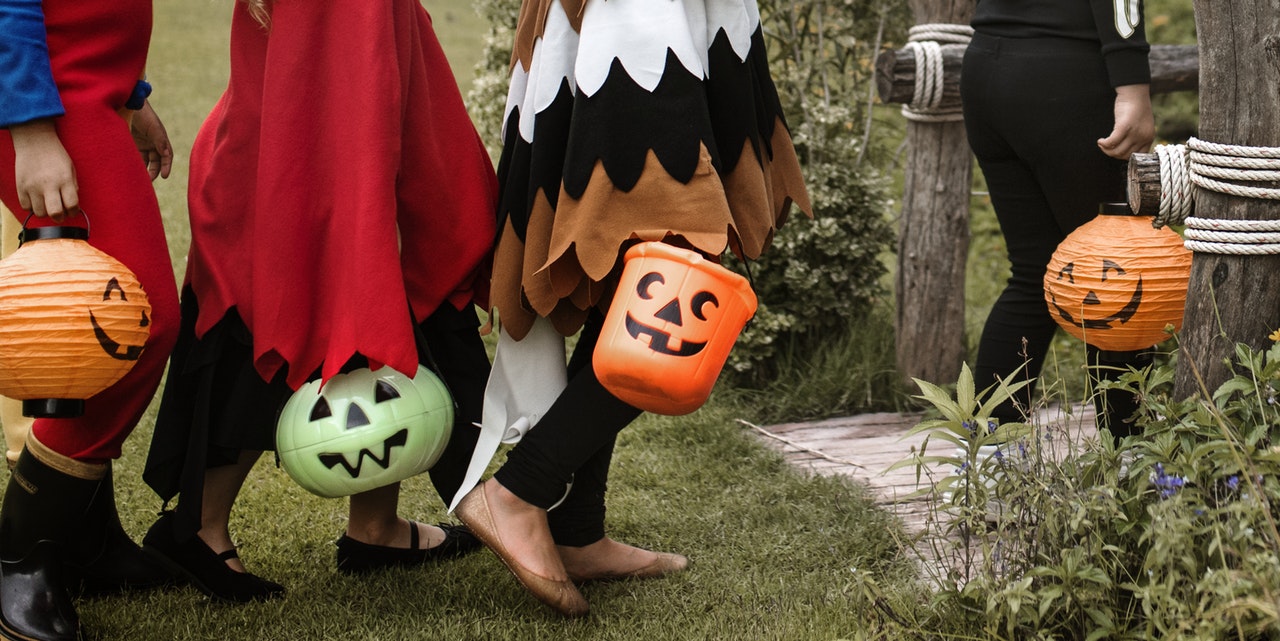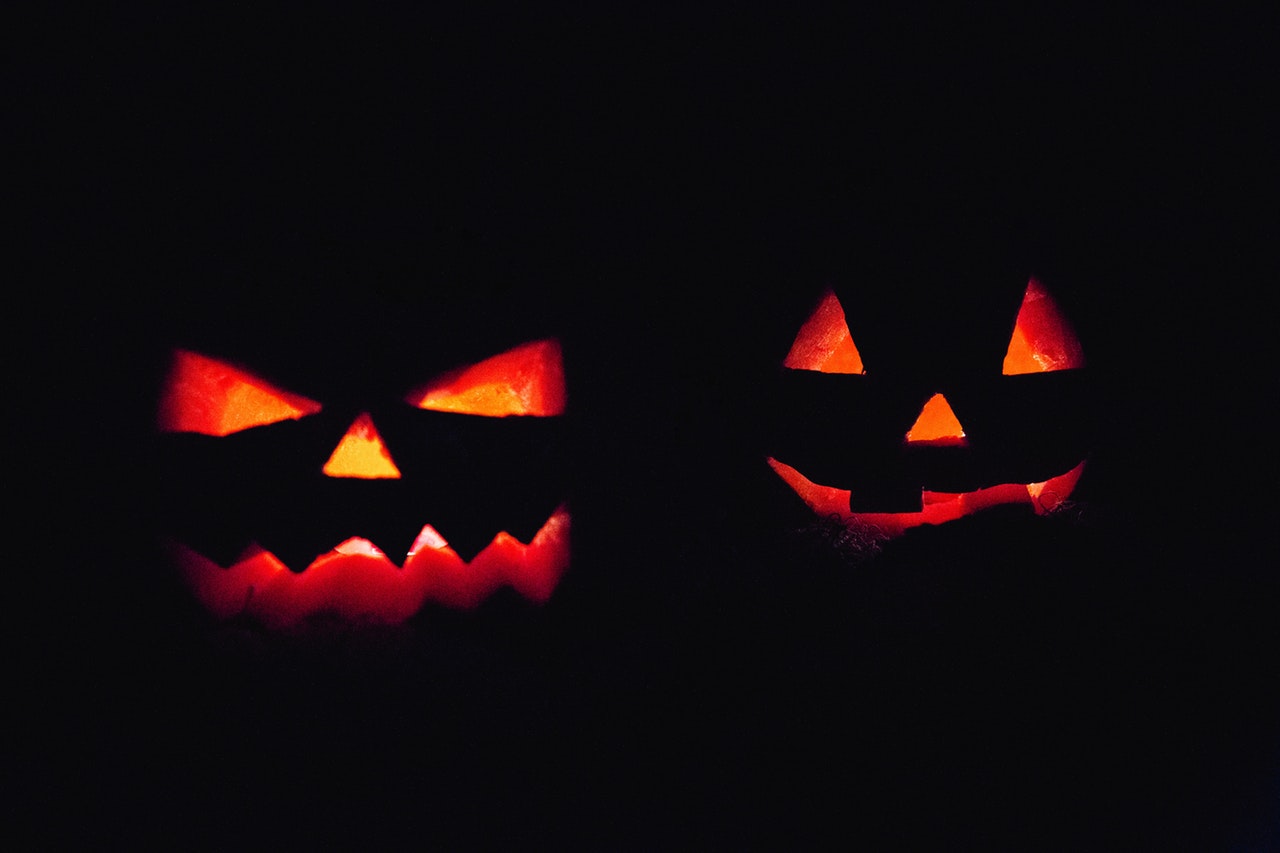Halloween is a time to celebrate the mysterious, the strange, the spooky and the paranormal…
Halloween also marks the time of year where dressing up in costume and asking for candy from strangers is acceptable. Many of us don’t really know why we engage in such abnormal behavior once a year, but there’s just something about 31 October.
Although we may love the contemporary take on Halloween, the holiday tradition is rooted in ancient history. Here are some of our favorite Halloween traditions and where they came from.

1. Halloween
Halloween can trace its origins back more than two thousand years to an ancient Celtic festival called Samhain, also included in our round-up of Day of the Dead celebrations. Originally said to be held on 1 November, the tradition celebrated the end of summer, the beginning of winter and a time for preparation and reflection. To the Celts, Samhain was more than just the end of summer, it was the beginning of their calendar year. This was based on their belief that everything began in darkness and moved towards the light, so Samhain (or Halloween) was also their New Year’s Eve!
The Celts also believed that Samhain marked a time when the borders between the living and the dead were thin, letting them communicate with the dead when “the doorway” to the other world was open. Today, Ireland celebrates Halloween with bonfires, games, and traditional food like ‘Barmbrack,’ a fruitcake containing coins, buttons and rings to serve as tokens of fortune telling. Each item has a different significance; for example, rings mean marriage while coins represent wealth for the coming new year.

2. Apple Bobbing
Apple bobbing is a Halloween game in which apples are placed in a large water-filled tub or basin. Apples are then placed in the water and as they float, players try to catch one with their teeth without using their hands. However, this activity actually has an ancient history. Apple bobbing has been said to date back to the Roman invasion of Britain–and may have even existed before that—originating from the worship of Pomona. The ancient Roman goddess of fruits, trees and gardens, Pomona was honored on 1 November during an annual harvest festival. It was then transformed by the Celts into a ritual used in the art of divination to reveal matters of the heart and predict marriage prospects.
3. Dressing up
When dressing up for Halloween, creativity generally ranges from cutting holes in a bed sheet and wearing it on one’s head–like a ghost–to some political commentary get-up that most people don’t get. Costume choices aside, it’s said that this beloved tradition began with the Celtic ritual of celebrating the end of the year by dressing up as evil spirits. The Celts did this because they believed that as they moved from one year to the next, the dead and the living would overlap and demons were free to roam the earth. Although they didn’t do this to worship the spirits…they did it to blend in! If you encountered a demon while you were in costume, they would think you were one of them.

4. Trick or Treating
This widely practiced Halloween tradition involves children dressing up in costume and walking from door to door asking for candy from strangers. If you really think about it, it’s a bit strange, right? Trick or Treating is said to have begun in the Middle-Ages when children and sometimes poor adults would dress up as saints, angels and demons on ‘All Hallows Eve’, or ‘All Soul’s Day’ and ‘All Saints Day’ after the Catholic Church transformed the once pagan Halloween tradition. The ‘trick or treaters’ or ‘soulers’ would go from door to door begging for food or money in exchange for songs and prayers in honor of the dead.
5. Jack O’ Lanterns
Carved pumpkins, also known as Jack O’ Lanterns are another great Celtic tradition. Originally, the Celts did not use pumpkins due to their scarcity in Ireland. Instead, ancient Celtic cultures carved turnips and placed an ember in them to ward off evil spirits. Interestingly, the name comes from an Irish folktale about a man named ‘Stingy Jack’ who tricked the devil but and later paid for it upon his death and judgment. He is said to wander in the darkness with the single ember the devil gave him inside a ‘jack o lantern’ to light his way.

